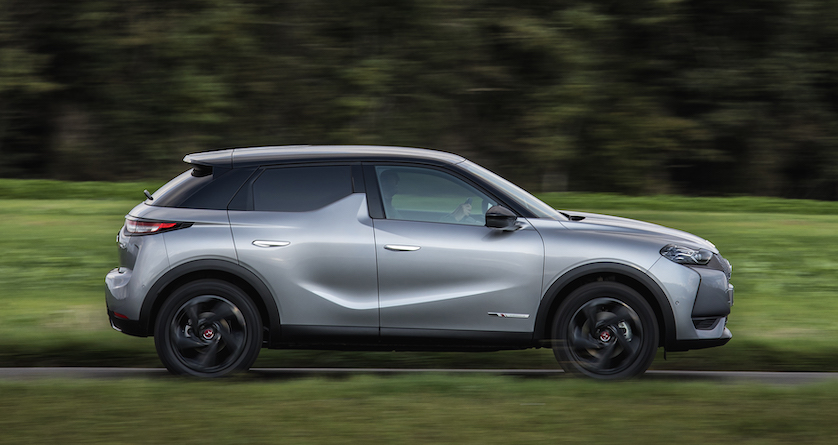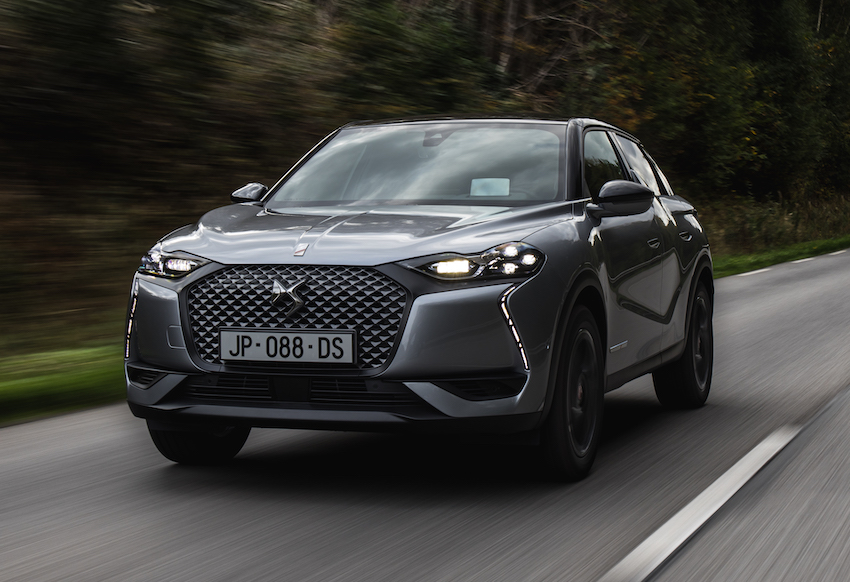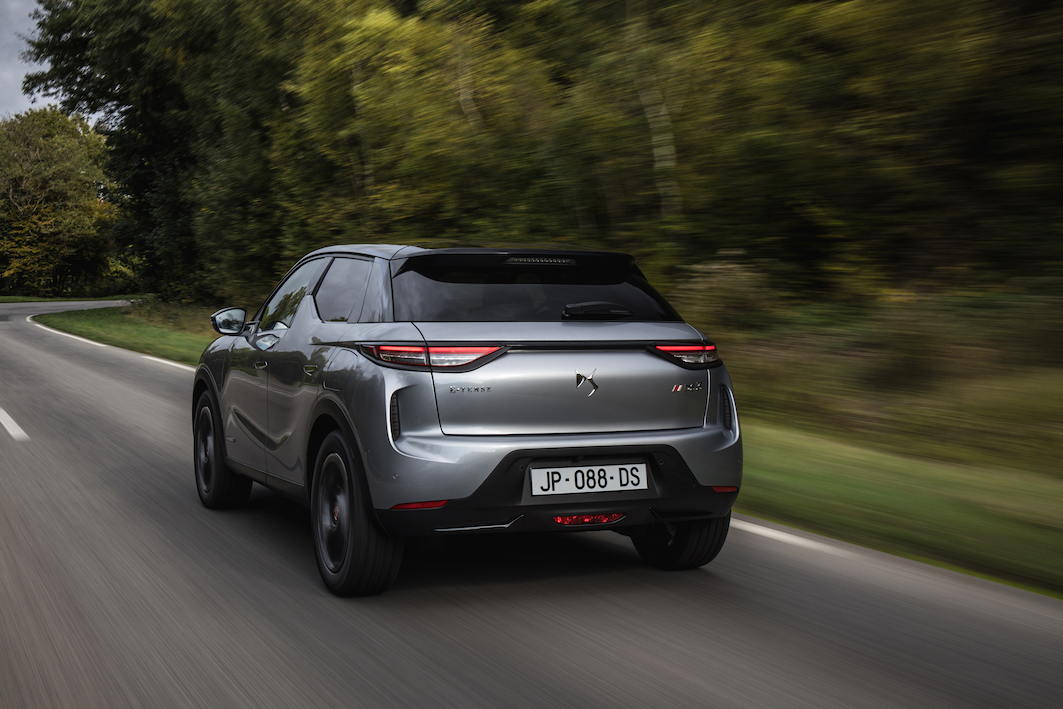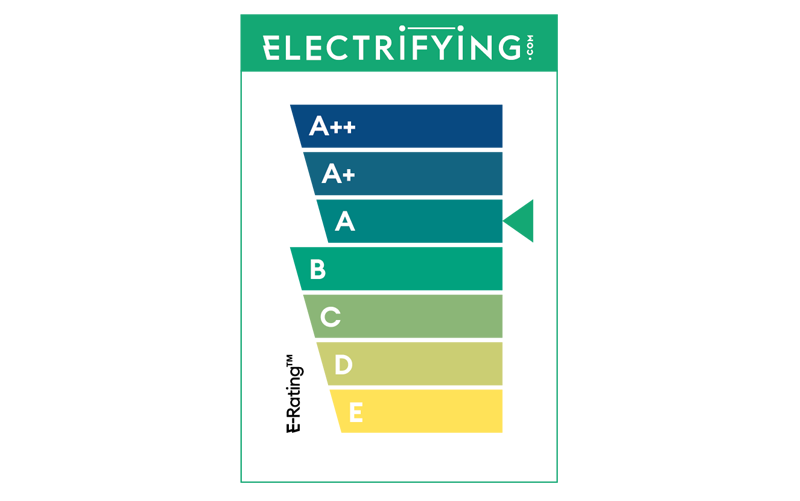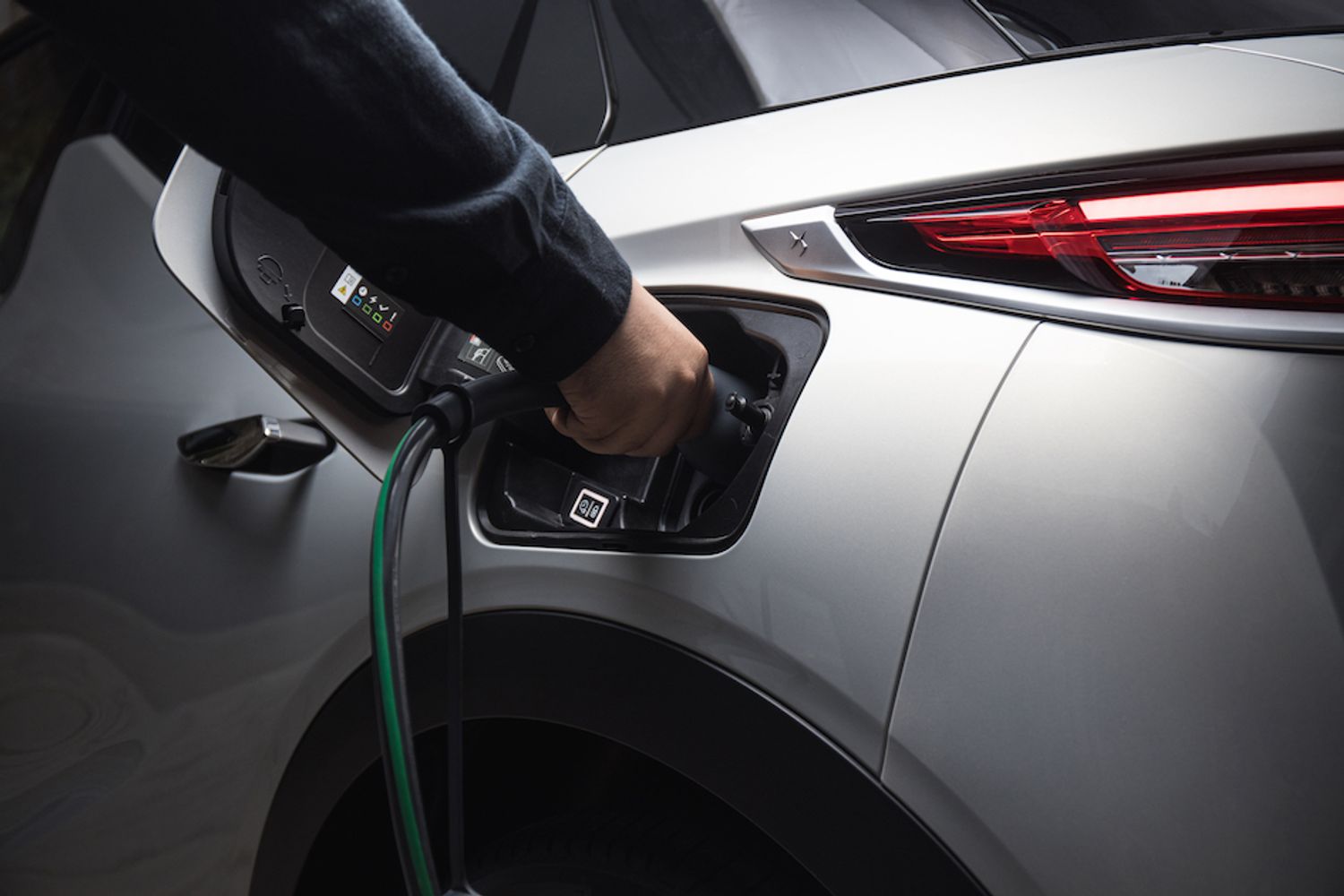Range
The E-Tense has a respectable range of up to 232 miles according to the official figures. But the distance you’ll be able to go between charges will depend largely on the driver’s mood and which button they press on the posh quilted dashboard. There’s a choice of three settings - Eco, Normal and Sport - and they deliver different power outputs depending on what you need to do or your mood. Need to conserve energy? Eco lets you have a mild 81bhp and more range. Normal gives you 107bhp, and Sport the full 134bhp. It also changes the weight of the steering to something which is supposedly more responsive and sporty.
Battery
The DS3 shares the same motor and battery with the Peugeot e-208, e-2008, Vauxhall Corsa-e and numerous other vehicles from the brands owned by corporate mothership PSA. But there’s absolutely nothing wrong with that and it means you get better bits for a lower price.
The 50kW battery is a reasonable size, although it’s behind the obvious rivals from Hyundai and Kia. It’s very cleverly packed too, with the cells being split into two sections which sit under the front and rear seats to keep them out of the way and ensure the space for passengers and luggage isn’t affected by the electric powertrain.
Charging
Sharing the electrical hardware with the other Peugeot/Citroen/Vauxhall EVs means there has been some decent investment in making the DS easy and fast to charge. At home using a wallbox or on a fast charger of the type found at train stations, shopping centre car parks and roadsides in towns, the E-Tense will fully charge in around seven hours. It can also use the new 11kW chargers if you are lucky enough to have one, which means you’ll be able to get more miles into your battery in a shorter time and might be able to make better use of cheaper electricity rates at night.
If you are topping up while out and about on a longer trip or just charge once a week, the E-Tense uses the most common CCS type plug to rapid charge and accepts a 100kW input. That’s more than most rivals.











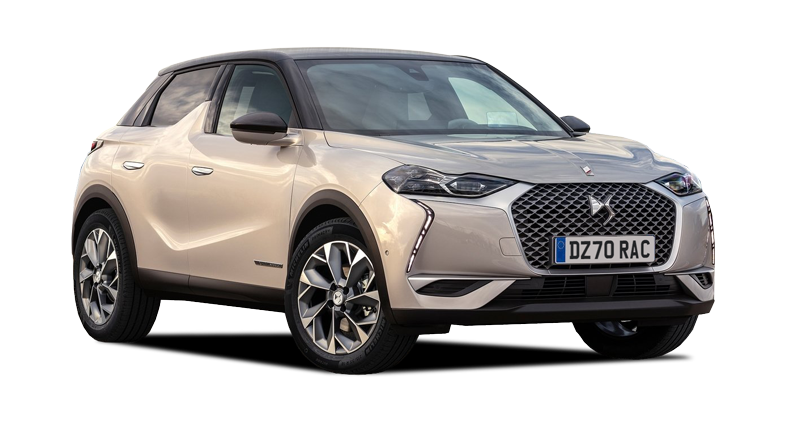
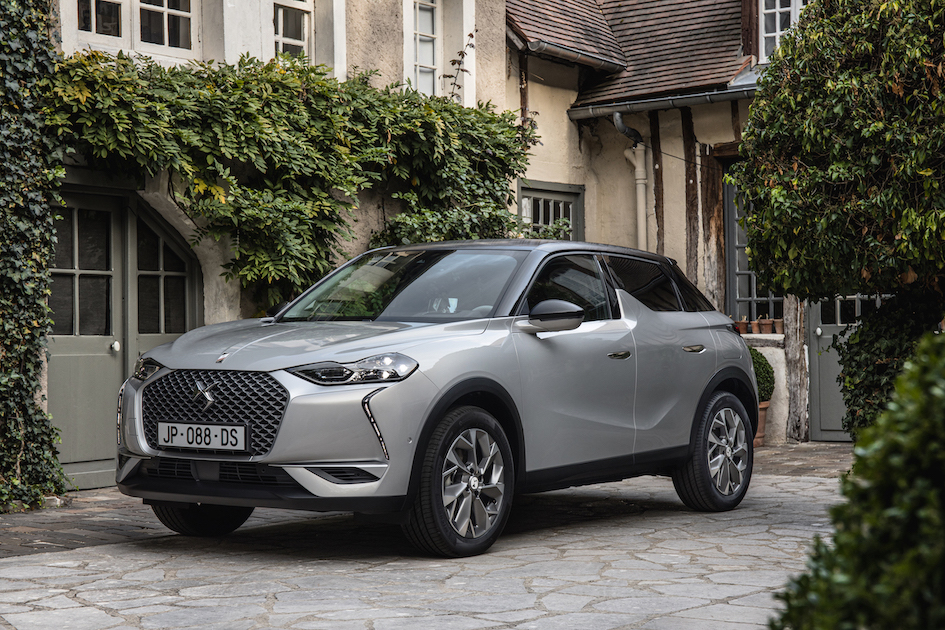.jpg)
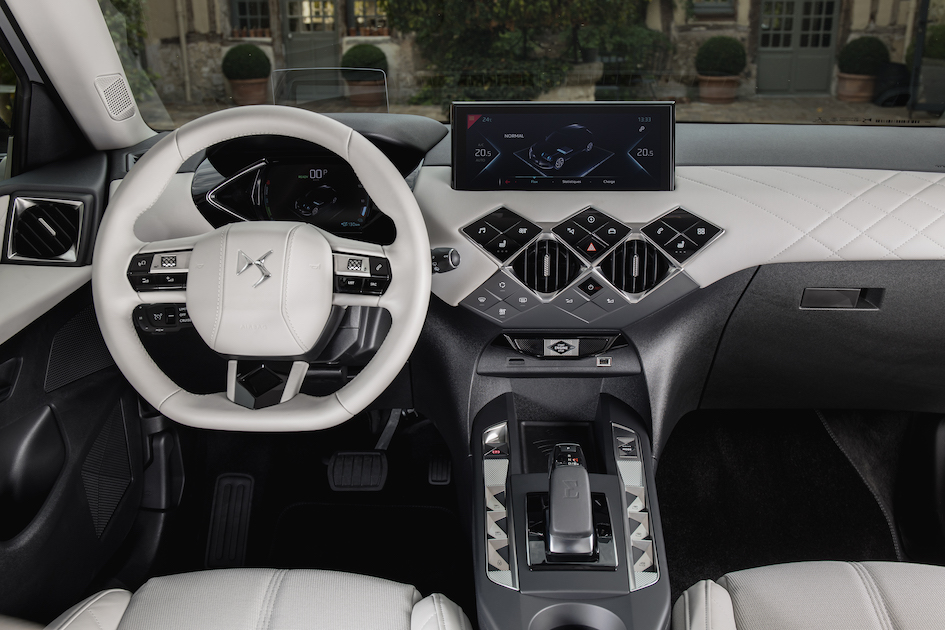.jpg)
